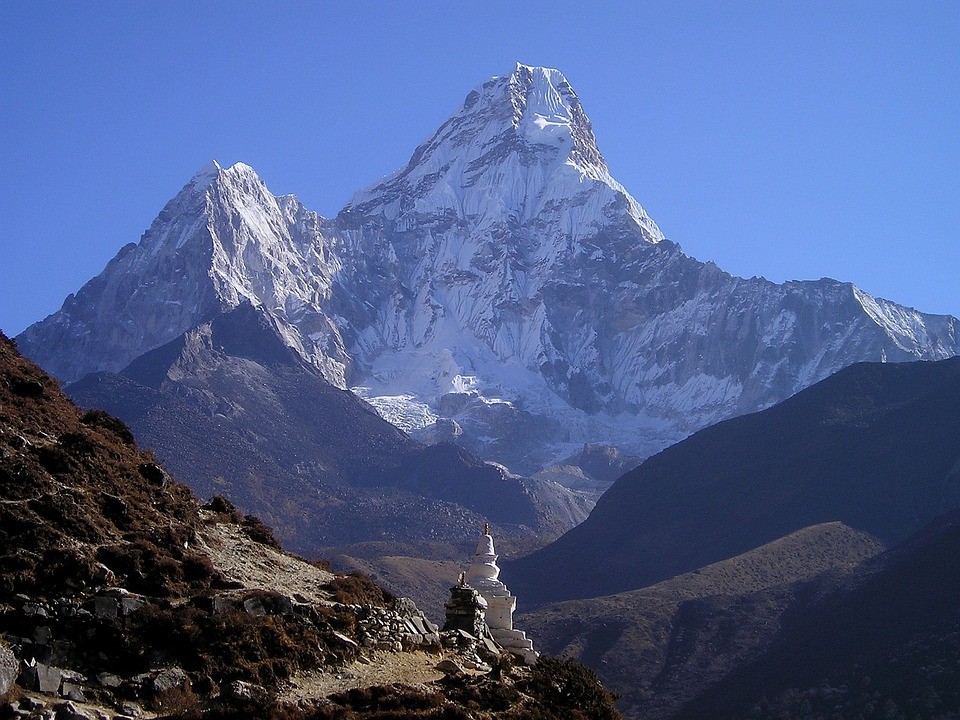The Tawang Sector may not be a familiar geographic designation recognized by most people in the West, but it is an important location at the center of the clash between India and China high in the Himalayan Arunchal Pradesh. Last month on December 9, the PLA and Indian armies clashed there along the Line of Actual Control (LAC). Forty-eight hours later commanders from both sides met to restore peace despite their recently injured troops. It marked the first major skirmish between the two armies in the eastern sector since the Galwan Valley clash in the western sector in Eastern Ladakh on June 15, 2020, according to Amirta Jash of the Jamestown Foundation.
After this latest skirmish India’s Defense Minister, Rajnath Singh told Parliament that “PLA troops tried to transgress the LAC in Yangtze area of Tawang Sector and unilaterally change the status quo. The Chinese attempt was contested by our troops in a firm and resolute manner.” At first it may appear as an unimportant border clash that was quickly resolved, however, Jash says it needs to be understood in the context of two key developments in relation to the ongoing standoff in Eastern Ladakh.
The first, he says, is the conduct of the 18th iteration of Indo-U.S. joint training exercise “Yudh Abhyas 22” held near the middle sector of the LAC November 15 to December 3. China opposed the joint military exercise claiming that it “violated the spirit of relevant agreements signed by China and India in 1993 and 1996, and does not help build bilateral trust.” The second incident in question was Indian Prime Minister Narendra Modi’s visit to Arunachal Pradesh on November 19 to inaugurate the Donyi Polo Airport in Itanagar. The region is becoming more politically sensitive as engineering advances and other technologies have emerged in recent years that make it possible to build a “super dam” at the confluence of two important river systems at the top of the Himalayas. The Chinese government is developing plans to create a dam ten times larger than the Three Gorges project in China. It would be capable of controlling the flow of water across the entire Indian subcontinent. To date five buffer zones exist in the region. None include Tawang.
It is reasonable to ask, says Jash, if the clash at Tawang is a sign of another “standoff” in the making in the eastern sector or something more? The disputed McMahon Line, declared official after the 1962 China-India border war, is not valid according to China, and as it is viewed as an “imperial legacy,” that is “illegal,” and “unacceptable.” Yet in 1960 Beijing technically accepted the McMahon Line as the basis for settling its border dispute with Myanmar. Some analysts are asking why is there a discrepancy in Beijing, with one part of the line acknowledged as valid but not Tawang. It turns out that Tawang is the birthplace of the sixth Dalai Lama and serves as an important Tibetan Buddhist pilgrimage center. This provides China with the justification to claim the Aranachal Pradesh as a 34,749 square mile extension of South Tibet.
China Daily, as far back as 2006, quoted its Ambassador to India, Sun Yuxi, as saying that “in our position, the whole of what you call the state of Arunachal Pradesh is Chinese territory and Tawang (district) is only one place in it and we are claiming all of that – that’s our position.” Today, the once frozen land filled with valuable resources to be claimed by its owner, is in play. Chinese officials point repeatedly to the argument that the area has been a part of China’s territory since the ancient times and that its Chinese ethnic minorities such as the Moinba and Tibetan ethnic groups have lived and worked in this area for a long time. India has similar historic claims.
Xi Jinping has stated, according to Jash, that China “will never allow any people, organization or political party to split any part of Chinese territory from the country at any time, in any form.” He calls it an “uncompromising attitude,” and argues that the recent clash at Tawang should be seen in the context of China’s increasing attempts to revive, legitimize and reinforce its sovereignty claims.
The US Department of Defense’s annual China Military Power Report in 2021 noted that “within disputed territory between the Tibet Autonomous Region and India’s Arunachal Pradesh state in the eastern sector of the LAC,” China has built a 100-home civilian hamlet. Such practices align with Chinese President Xi Jinping’s call to the Tibetan herdsmen to “put down roots in the border area” in order to protect “Chinese territory.” China is also ramping up construction of railways and other infrastructure capabilities in the region that could provide logistical supply support to potential troop movements into the region in the future. China has a history of viewing the world in terms of generational plans unlike the West. With India overtaking China as the most populous nation in the world this year, Beijing could decide it needs to take the region by force to offset the change in power. Controlling the Himalayan highlands would enable China one day to build a super dam capable of flooding farmland or causing drought in the Indian subcontinent. Control of the Tawang Sector is about more than a simple 48-hour border clash.
Daria Novak served in the U.S. State Dept.
Photo: Pixabay
